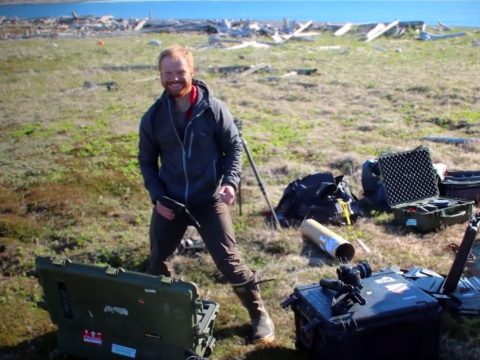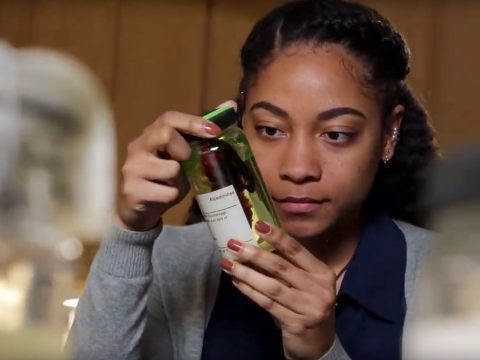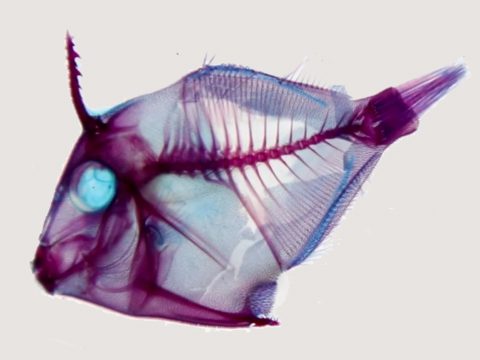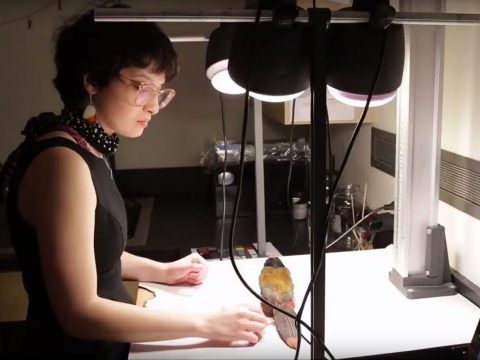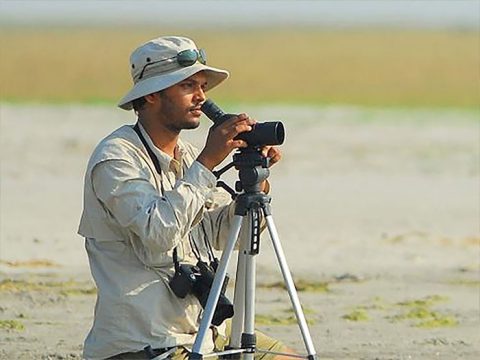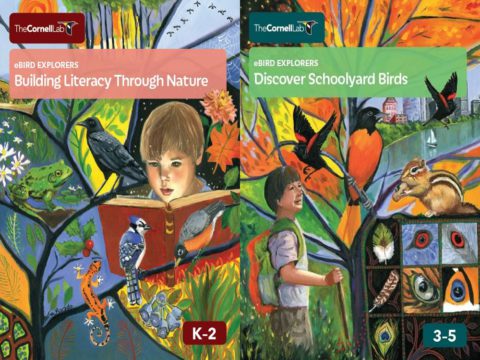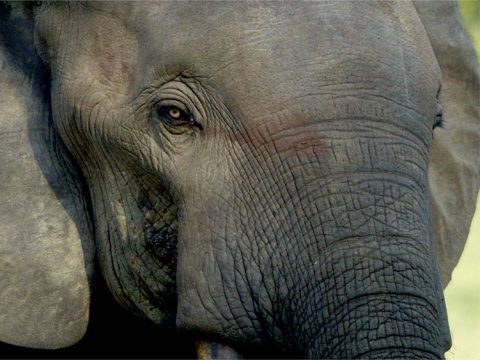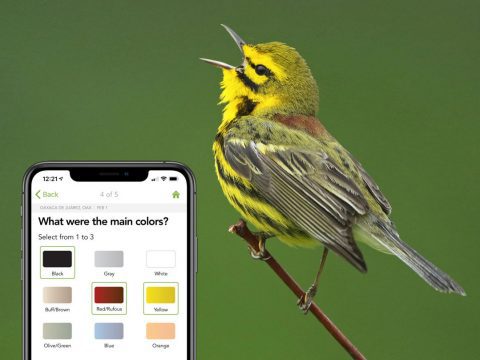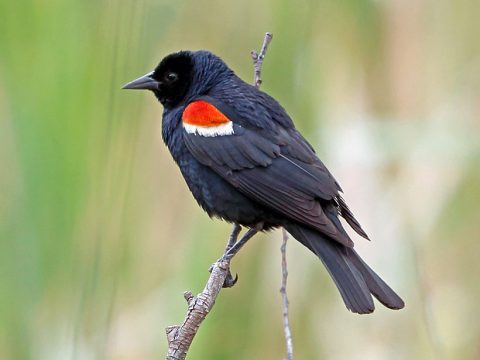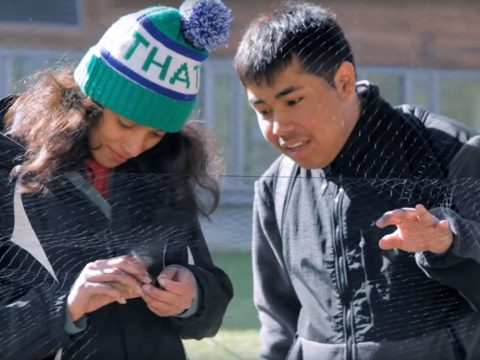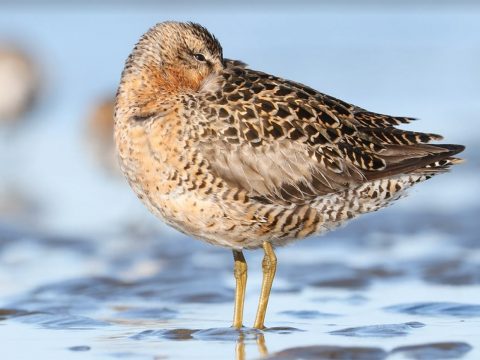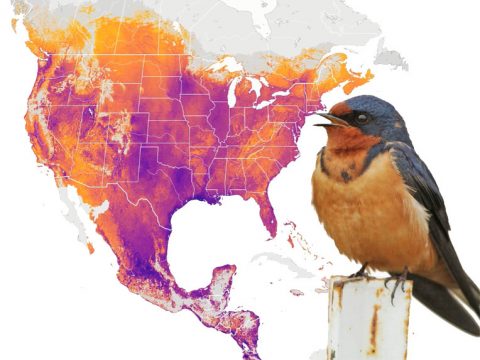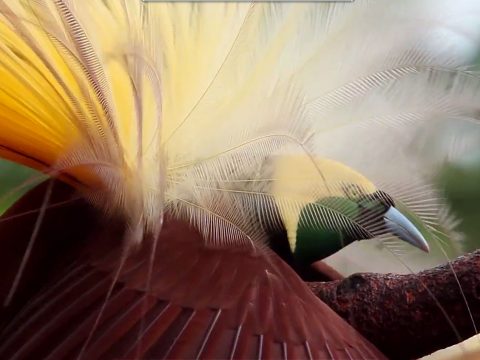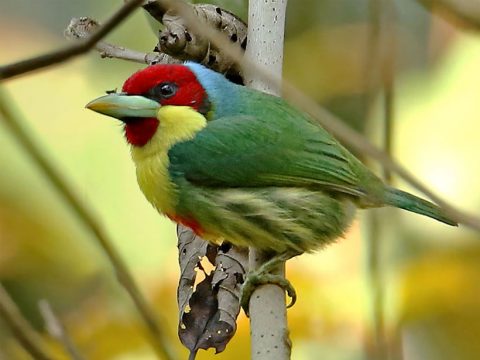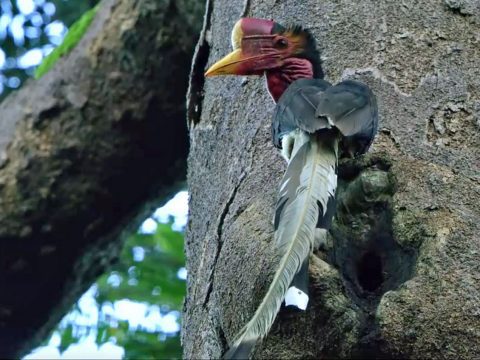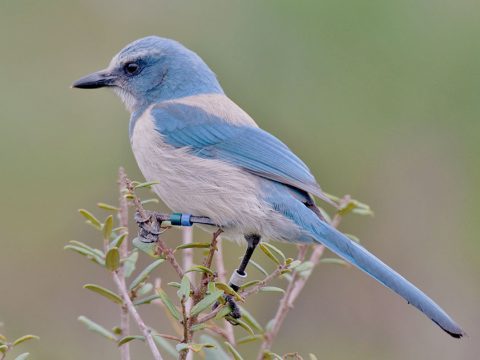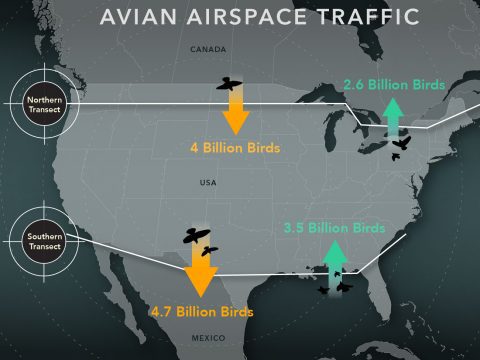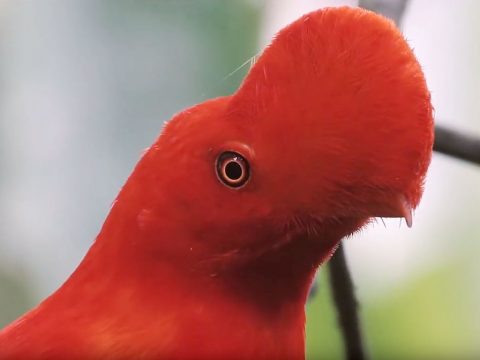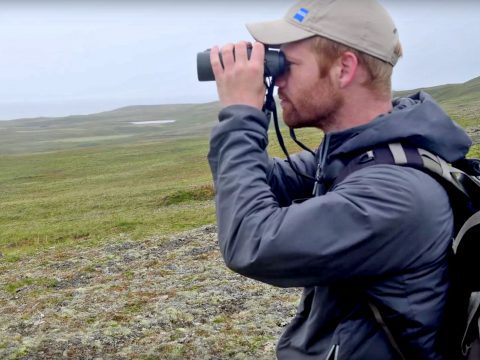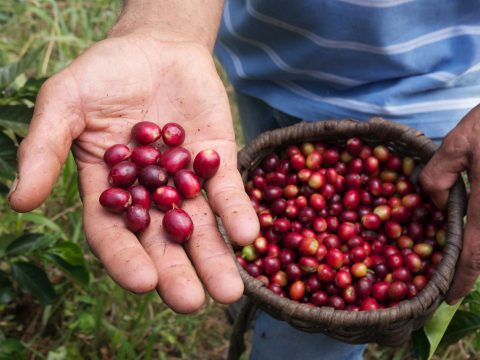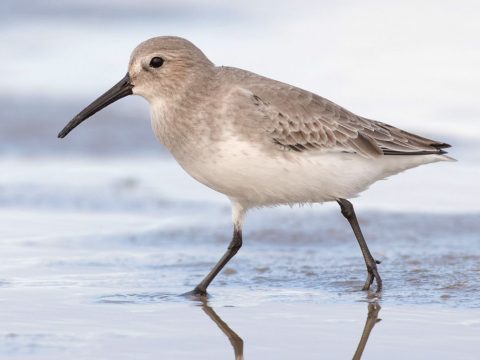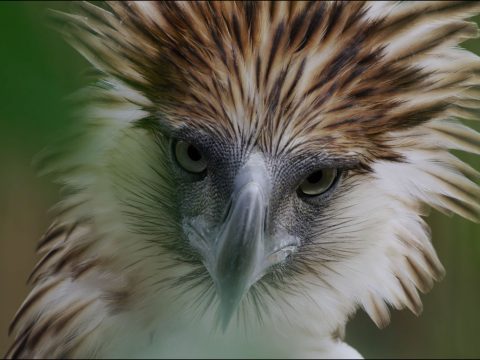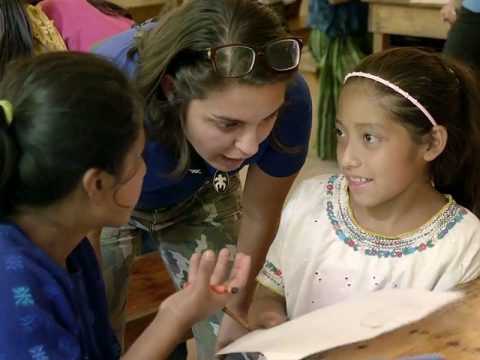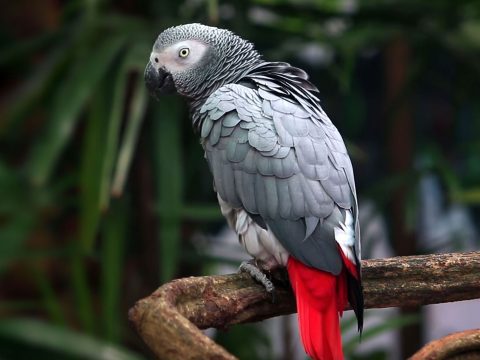See Our Students Delve Into New Scientific Discoveries in Lab and Fieldwork
STUDENT 1: In elementary school, I decided that I wanted to be a scientist but… not that I could be a scientist.
STUDENT 2: The thing that I’m most driven towards is pursuing a more complete story about shorebird migration and shorebird conservation.
STUDENT 3: I’m interested in identifying regions of the genome that are associated with survival.
STUDENT 4: Mountains are especially important for conservation because they often have a disproportionately high number of species.
STUDENT 5: My main focus in my research is studying malarial parasites, and these parasites live within other organisms. And, so, where they go and what they do is dependent largely on their hosts. And, in my case those hosts are birds.
STUDENT 6: I’m interested in the possibility that divergence in vocal communication could lead to the divergence in species.
STUDENT 7: The value in something like understanding how Fairy Wrens communicate is that you’re starting to understand some beautiful intricacies of nature.
ORNITHOLOGY PROFESSOR: One of the really amazing things about the student community of the Lab is how diverse they are. We have scientists, we have English majors, we have computer scientists, we have engineers, and they’re all here for a reason. They’re here because they care about the world. And, they care about the people in it, and they care about the natural world in particular. And so they come to us out of their own desire to make a difference.
STUDENT 8: I remember sometime in middle school I was reading in a textbook about an extinct bird called the Moa that sounded absolutely amazing and it was a giant bird, as big as or bigger than people, and it was extinct it no longer existed. This was just shocking that such an amazing creature existed that I would never get to see because people had eliminated it. That started to get me thinking about what I could do to protect species.
STUDENT 5: There is so much that we don’t know about this planet, about the organisms living on this planet. It’s amazing. Sometimes when you’re younger, I know that when I was younger, I thought oh everything’s been explored, everything has been mapped. We know how many species are in this area, we know what lives here, we know everything. We absolutely do not and there’s so much that we need to learn.
STUDENT 9: I think the first time that I actually held a Chickadee that’s when I realized that you could actually do this. You could go out into the field and study birds you don’t have to be confined to a lab setting, you can actually study the birds in the wild.
STUDENT 6: I’ve always been really interested in bird songs. My mother’s a musician and I’m a musician as well. And, it seemed like a perfect match to be able to go into the tropics and to actually study something that I’m I’m interested in.
ORNITHOLOGY PROFESSOR: The power of the lab is in our sophistication across disciplines. We have world-class scientists, and world-class communicators, and world-class artists, and world-class engineers, and definitely world-class students. And, if you put all that together, then you’re actually linking people with opportunities, that not only have they never had before, but they’ve never even dreamed of having before.
STUDENT 3: I work on this endangered bird called the Florida Scrub-Jay. And, I’m hoping to use it as a model to try to understand fundamental questions in population and conservation genetics.
STUDENT 8: You just look around any part of the world, you’re gonna see corn fields, or cattle, soybean. It’s just a huge land use. And, so, figuring out how to do that in a little bit better way could have really wide impacts.
STUDENT 7: How does one species turn into a dozen species? And, what happens when divergent populations come back into contact? Do they hybridize? Do they not? And, if they do, or don’t, what sorts of communications are facilitating or hindering that?
STUDENT 6: A strange thing about this species is that males will form little subgroups, where the individuals within one group will sing one type of song, and individuals in another group will sing a completely different song. It’s as if you have a bunch of birds speaking French here, and a bunch of birds speaking Spanish here.
STUDENT 10: Here are these army ants that kind of swarm on the forest floor and these Antbirds come in and eat the insects that they scare up. They’ll just do that for hours and it’s just like a full-out buffet for them to eat from.
STUDENT 5: I get to have the freedom and the flexibility to explore like I’ve always wanted to do, but I also have a lot of guidance from people who’ve been on this path.
ORNITHOLOGY PROFESSOR: Our students are masters of challenging themselves. Whether they’re in the field in a remote part of the world, doing something that no one’s ever done before, or they’re in the molecular lab sequencing a genome and deriving from it patterns that no one has ever seen. Sometimes it works, sometimes it doesn’t, but they learn along the way, and they’re extremely resilient.
STUDENT 1: When you read a scientific article, you just see the product of somebody’s work, and it doesn’t really make mention of how many screw-ups they had in their methods, or how many hundreds of data points they ruin, or how many of their sample organisms were just horribly uncooperative, and that stuff happens all the time.
STUDENT 3: There was a steep learning curve when I first transitioned to genomics. The data files you get are too big to open. You can’t actually open themand read them. So my first year, I spent learning how to program.
STUDENT 4: In my study site, you can go from a subtropical forest to an alpine meadow in a matter of 15 miles. Unless we know exactly how ecosystems are shaped we cannot do smart conservation.
STUDENT 5: You can’t save a species without knowing more about it. You can’t convince people who maybe don’t care that it’s important unless you can provide data.
STUDENT 2: The thing that’s made me absolutely sure that coming to Cornell was the right choice has just been the huge diversity of resources and people that are here, to kind of show you what’s possible.
ORNITHOLOGY PROFESSOR: When you train a student, you’re catching someone at the earliest part of their career, who is gonna go on, and for the rest of their lives have the potential to make a difference. When we train a student, that person will likely spend the rest of their lives taking some component of what they’ve done here, and leveraging out in the world to do good things.
End of Transcript
Watch the video to get to know some of our students at the Cornell Lab of Ornithology and the inspiration behind their research, whether studying wild birds in remote field locations or sequencing genomes in the Lab to reveal new patterns for the first time.
The Cornell Lab of Ornithology provides opportunities for a new generation of dreamers, innovators, and leaders to explore science and conservation. They come with diverse interests, including biology, computer science, engineering, and art. They share a passion for the natural world and what it can teach us about wildlife, ecosystems, and conservation for the future of our planet.
Your support helps students discover new possibilities through life-changing skills and experiences.
More Stories
 Conservation in ActionHow We Use Sound to Help Protect Elephants from Poaching
Conservation in ActionHow We Use Sound to Help Protect Elephants from Poaching Conservation in ActionCalifornia Protects Tricolored Blackbird After eBird Data Help Show 34% Decline
Conservation in ActionCalifornia Protects Tricolored Blackbird After eBird Data Help Show 34% Decline Conservation in ActionCoastal Solutions: Building a Bold New Community to Address the Shorebird Crisis
Conservation in ActionCoastal Solutions: Building a Bold New Community to Address the Shorebird Crisis Conservation MediaBirds-of-Paradise Help Inspire Conservation of Forests in West Papua
Conservation MediaBirds-of-Paradise Help Inspire Conservation of Forests in West Papua Conservation in ActionHow Can a Great Cup of Coffee Support Birds, Farmers, and Local Communities?
Conservation in ActionHow Can a Great Cup of Coffee Support Birds, Farmers, and Local Communities? Conservation MediaHow Can We Change Hearts and Minds to Save Wild Parrots?
Conservation MediaHow Can We Change Hearts and Minds to Save Wild Parrots?
Join Our Email List
The Cornell Lab will send you updates about birds, birding, and opportunities to help bird conservation. Sign up for email and don’t miss a thing!
Golden-cheeked Warbler by Bryan Calk/Macaulay Library

